Tunbridge Wells
Tunbridge Wells became a spa after the chalybeate waters were discovered in the early 17th century.
The Pantiles, the main fashionable avenue, were thus named because they were paved with tiles baked in a pan, the paving being undertaken at the command of Queen Anne in the early 18th century.
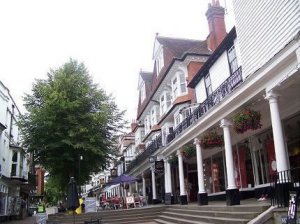
- The Pantiles
- View from the North end, looking South
[click on the picture to enlarge it]
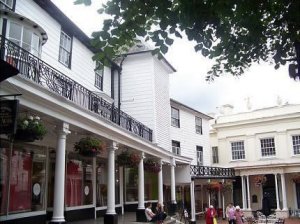
- The Pantiles
- View of the North end, with the chalybeate spring
[click on the picture to enlarge it]
Tunbridge Wells, like Bath, became a spa, where visitors coming to take the waters would also seek entertainments such as music.
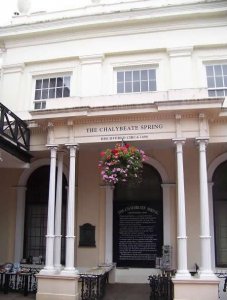
- The chalybeate spring
- [click on the picture to enlarge it]
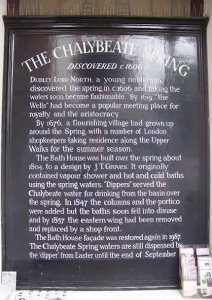
- The chalybeate spring
- A close up of the plate
[click on the picture to enlarge it]
The music gallery on the Pantiles, facing the colonnade. Behind is the corn exchange, a theatre in the 18th century.
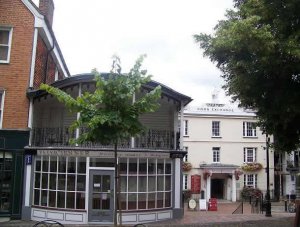
- Music gallery
- [click on the picture to enlarge it]
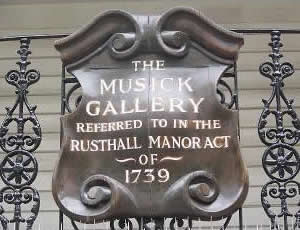
- Music gallery
- [click on the picture to enlarge it]
Tunbridge Wells was also well-known for the serious-mindedness of its visitors, and its inhabitants numbered non-conformist ministers and scientists.
The house of the mathematician Thomas Bayes in Tunbridge Wells.The plate is one of a series put up in 2006 for the fourth centenary of the discovery of the chalybeate waters.
Bayes is still known for ’Bayes’s theorem’.
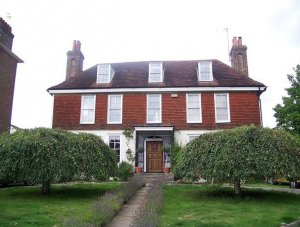
- House of Thomas Bayes
- [click on the picture to enlarge it]
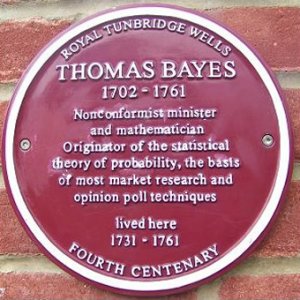
- Plate in Thomas Bayes’s house
- [click on the picture to enlarge it]

